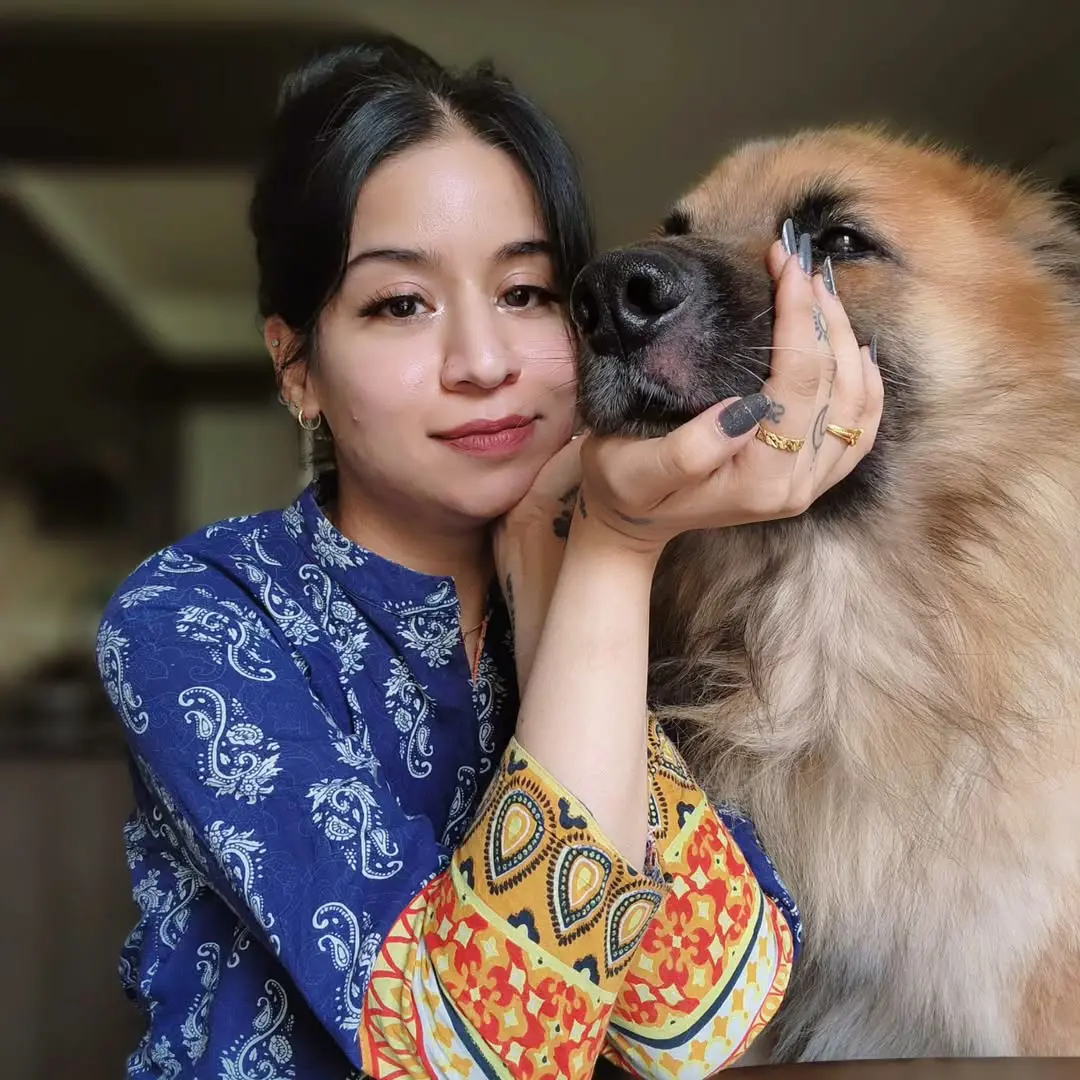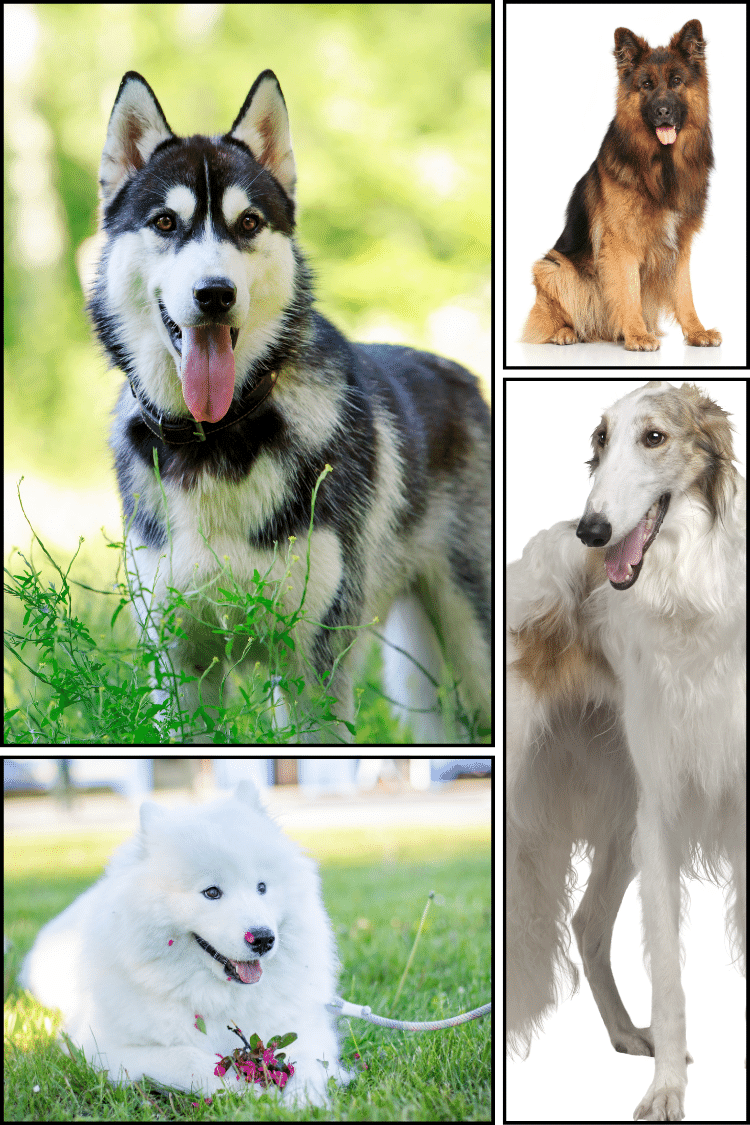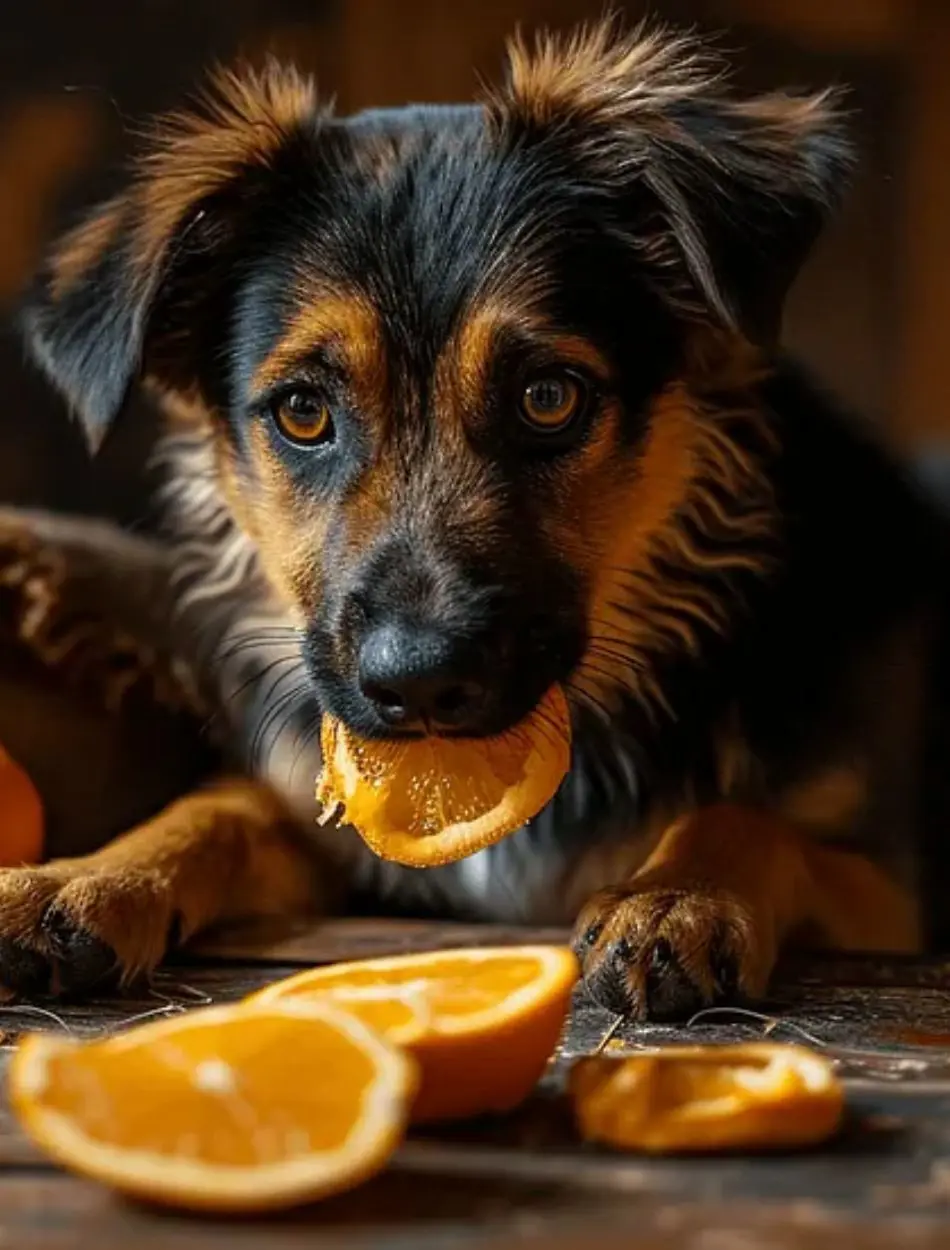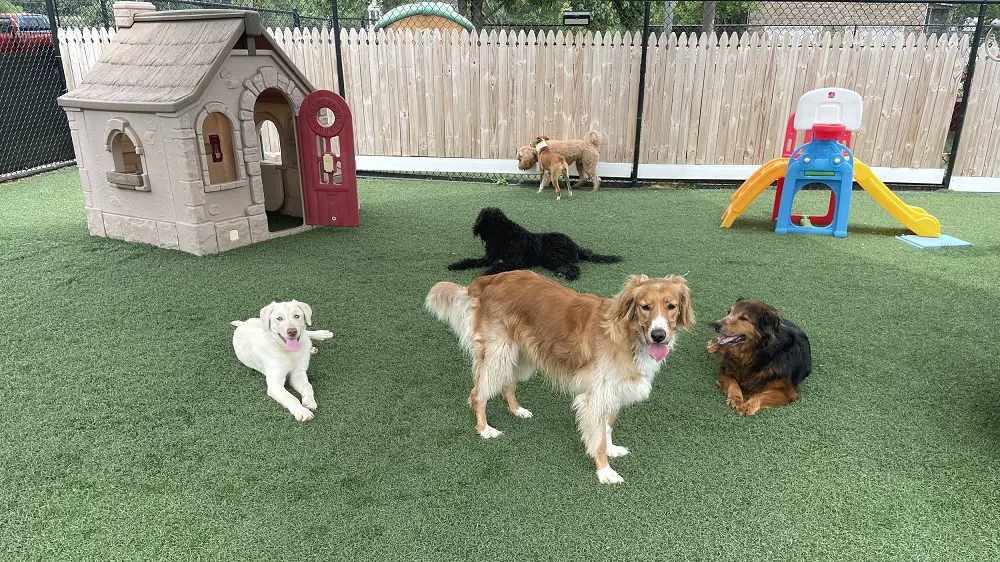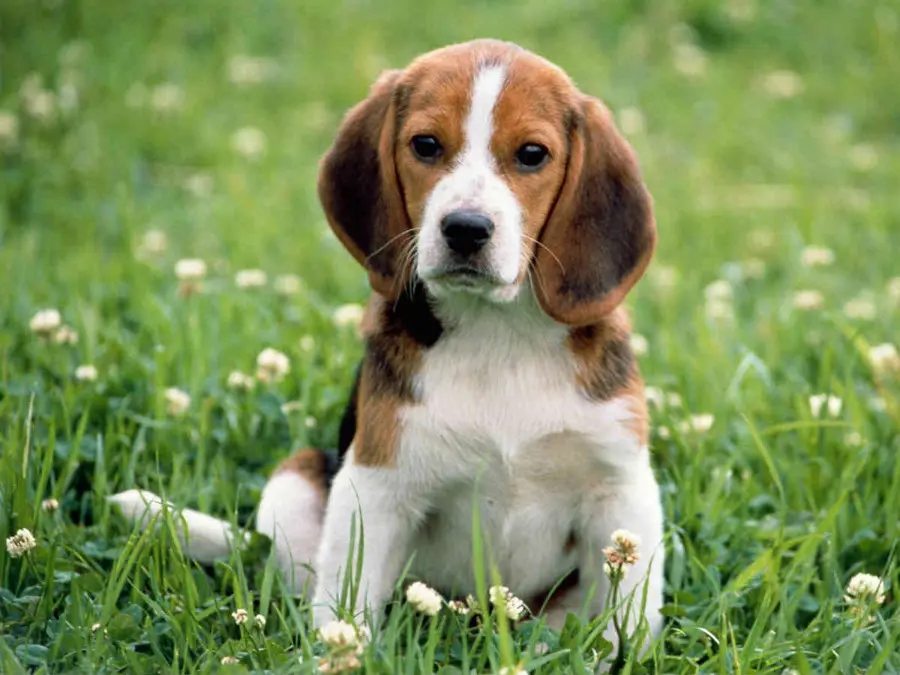Italian Greyhound Dog Profile Information And Characteristics

The Italian Greyhound, with their slender build and graceful moments, is a mesmerizing companion. These affectionate greyhounds are the smallest sighthound breed with surprisingly athletic, bursting with playful energy.
Also, they love short bursts of exercise and zoomies. Gentle and Intelligent, these dogs are an ideal fit for active owners seeking an elegant canine friend.
Italian Greyhound Overview
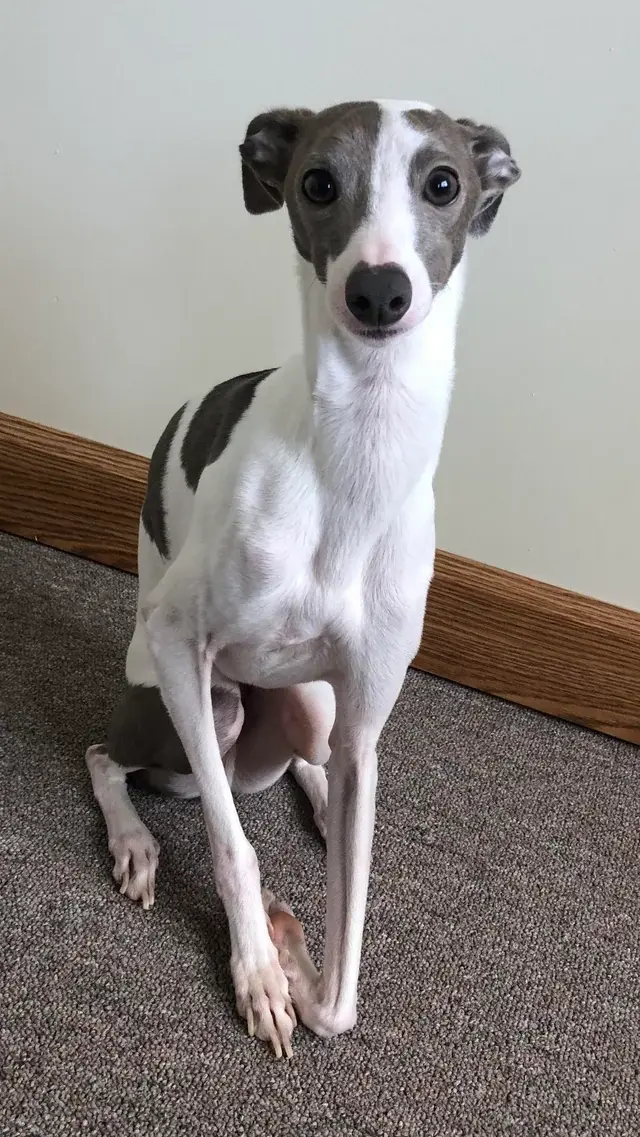
- Lifespan: 14-15 years
- Weight: 3.5 - 4.5 kilograms
- Height: 32-38cm
- Colors: Black, fawn, blue fawn, chocolate, sable, tan, red fawn, blue, slate grey, grey, yellow and red
- Size: Small
- Personality: sweet, gentle, friendly dogs, needy in their desire for affection.
The Italian greyhound is truly a greyhound in miniature, with supreme elegance and grace The height at the withers is 13-15 inches and weighs 7-14 pounds.
The slender, muscular body accentuated by the curved back, deep chest, and lean, well-muscled legs, provide a sinewy outline. Their slender tail tappers to a curved end that is carried low and the head is long and narrow, the muzzle fine, and the ears are delicate.
The spine slopes gently and there is defined truck-up in the loins. The gait is also high-stepping and free.
Brief History Of Italian Greyhound
The Italian Greyhound is virtually a complete miniature of the full-sized greyhound. They have a great value as a high-status symbol in the poshest of households. Evidence of their origin lies in the depiction of miniature greyhounds in early decorative arts of the Mediterranean region.
By the Middle Ages, the breed had disseminated throughout southern Europe and was known for its beauty, small size, and sweet disposition, due to which they were named after the Italians in the 16th century.
In 1886, the first Italian greyhound was registered with the American Kennel Club. However, the breed was rare in the United States until 20 years ago. Today many families enjoy Italian greyhounds for their affectionate disposition and adaptability to most living situations.
Characteristics and Rating
Here are the characteristics rating of Italian Greyhound in the table (out of 5)
| Family Friendly | 5 |
| Exercise Needs | 4 |
| Easy To Train | 3 |
| Tolerated Being Alone | 1 |
| Likes Other Pets | 4 |
| Energy Level | 4 |
| Grooming Needs | 3 |
| Shedding | 2 |
| Affection | 5 |
| Playfullness | 4 |
| Alertness | 4 |
Affection: Italian Greyhounds bond deeply with their humans, asking for cuddles and following you around.
Playfulness: These lively dogs have a playful spirit, zoom around with toys, and surprise you with bursts of energy.
Alertness: Naturally alert, they make decent watchdogs, barking at unfamiliar sounds.
Exercise Needs: Not super demanding, daily walks and playtime should be given. Think quality time over long marathons.
Trainability: Intelligence is there, but their independence can be challenging. Positive reinforcement and patience are key.
Italian Greyhound Personality Traits
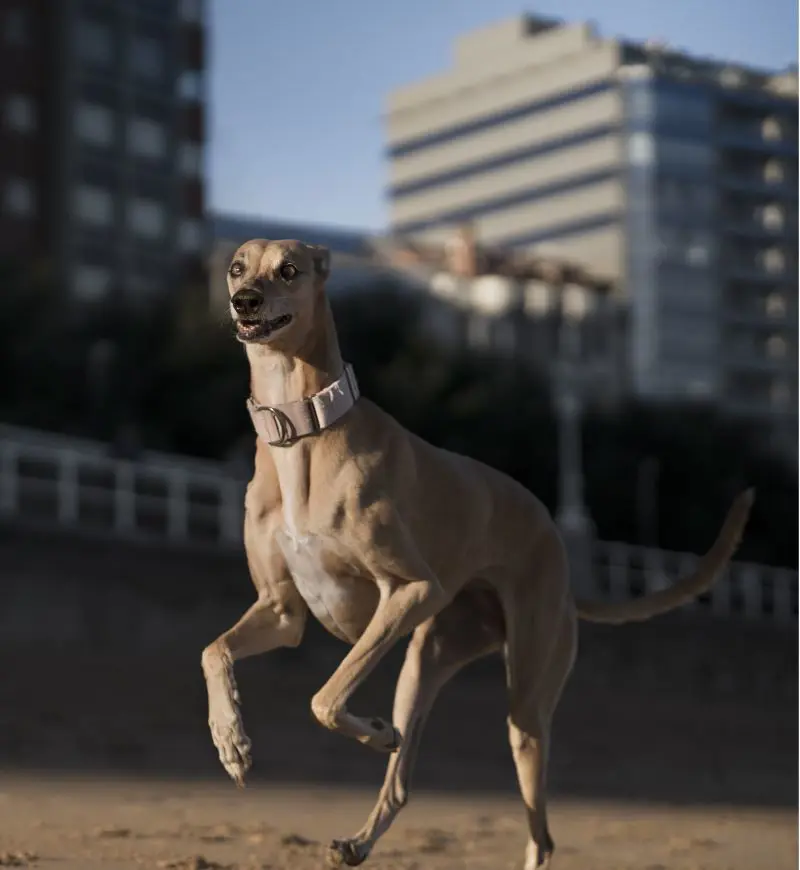
Italian Greyhounds are sweet, gentle, affable dogs, that can be needy in their desire for affection from their companions. If denied attention, they become shy, hyper, or both. These dogs may display an aloof attitude toward strangers. Although. generally compatible with children, these dogs tend to shun rambunctious child's play.
Also, they typically get along with cats and other dogs of similar size. Although small and Italian greyhounds bark rather than yap, they will readily do so to alert their owners to approaching strangers.
Affectionate
Despite their conservative nature against strangers, Italian Greyhounds form strong bonds with their families. They want companionship and enjoy cuddling on laps or following their humans around the house.
Playful
These lively dogs retain a playful spirit throughout their lives. They love interactive games, hunt toys, and possess surprising bursts of energy.
Alert
Italian Greyhounds can be good watchdogs, often barking to alert their family to unfamiliar sounds or sights. Their keen senses make them aware of their surroundings.
Gentle and Sensitive
These sighthounds are quite sensitive to their environment. They are not suited for roughhousing due to their small size and can be disturbed by loud noises. A gentle touch and calm environment seem ideal.
Adaptable
Despite their noble background, these Greyhounds adapt well to apartment living. They are relatively low-maintenance indoors and content with playtime and cuddling sessions.
What To Expect
Housetraining them can be a challenging task as some are stubborn, but doggy doors and paper training facilitate housetraining in the breed.
When it comes to shedding, their hair is so short and fine that molts are hardly noticeable. Also, these dogs are prone to dental disease, and tooth brushing and supplementation with hard, mildly abrasive foods and chew toys promote dental health.
Nutrition and Diet
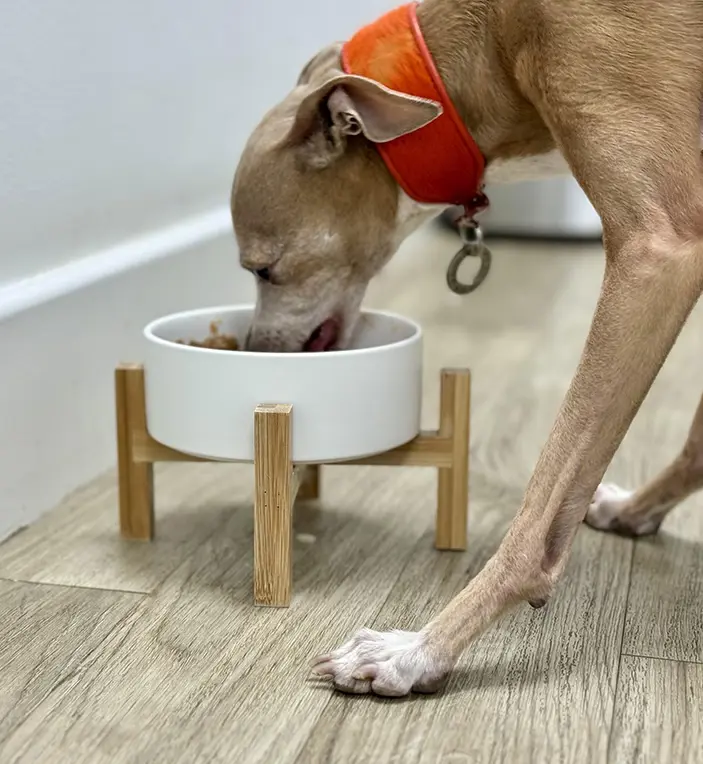
These dogs have a faster metabolism, which means they burn energy at a higher rate, although their stomachs mean they must eat little and often.
Small-breed foods are specially designed with appropriate levels of key nutrients and smaller kibble sizes to suit smaller mouths, encouraging chewing and improving digestion.
Here's a guide to ensure your dog gets the right food and feeding schedule:
Dietary Needs
- Choose a high-quality canned food prepared for small, active dogs. They will provide the essential nutrients your Italian Greyhound needs to thrive.
- Look for high-protein foods to support their lean muscle mass and energy levels.
- Moderate fat content is perfect for providing energy without excessive weight gain.
Feeding Schedule
Puppy Feeding
Up to 6 months old, feed them 3-4 small meals per day to support their rapid growth.
Adult Feeding
Adult Italian Greyhounds over 1 year do well on 2 meals per day. However, they may require smaller and more frequent meals to maintain stable blood sugar levels.
Portion Control
These greyhounds are prone to overeating, so portion control is needed. You must follow the feeding guidelines on the package label and adjust based on your dog's activity.
Treats
Treats can be given in moderation and factored into your greyhound's daily calorie intake. Go for healthy treats like small cooked chicken pieces or vegetables.
Fresh Water
Ensure your Italian Greyhound is drinking fresh and clean water at all times. This is especially essential for maintaining hydration during playtime or hot weather.
Italian Greyhound Care
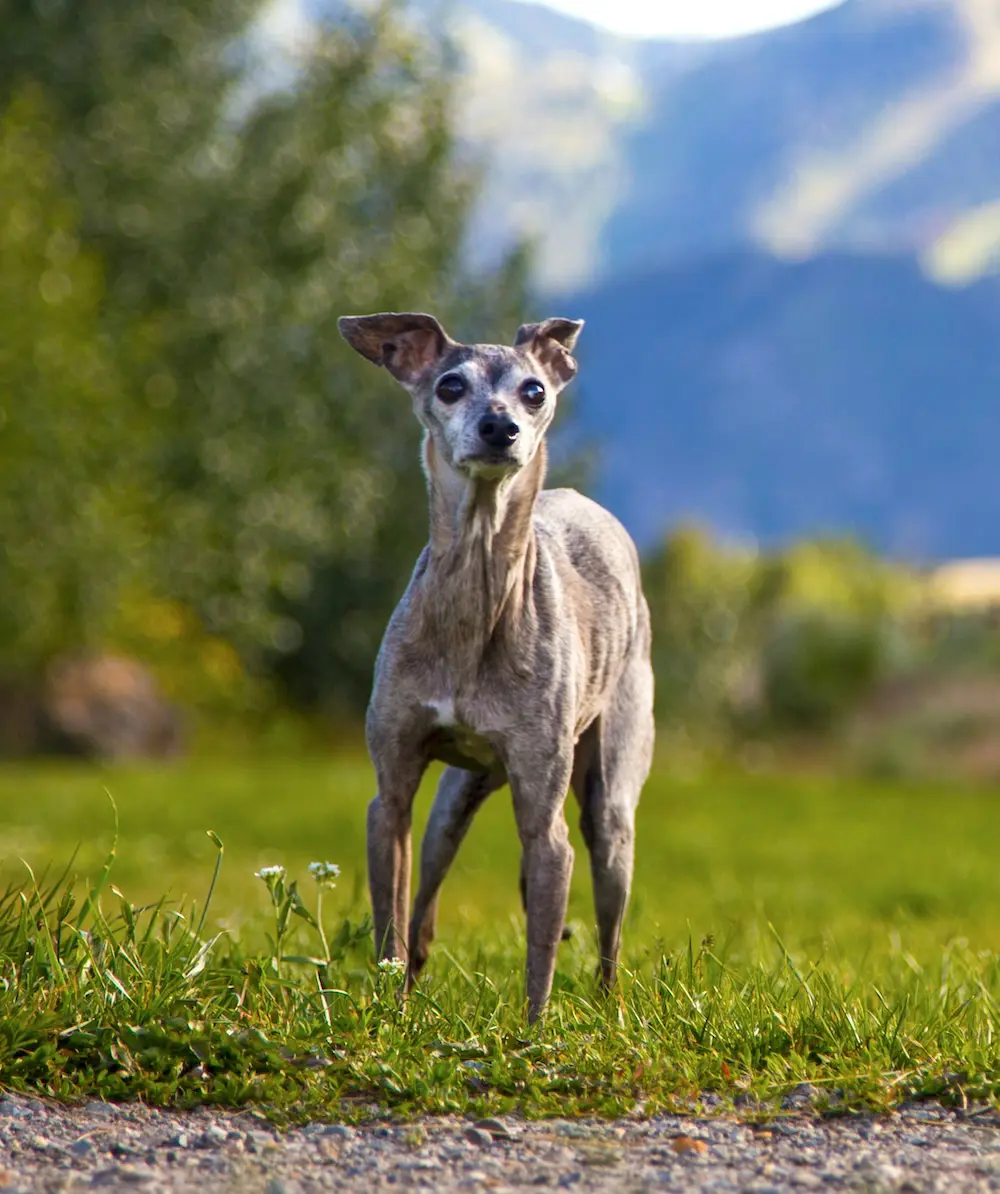
Italian greyhounds need some exercise and mental stimulation to get their energy out going every day. Also, they should receive proper grooming, consistent training, and socialization. However, their grooming is not a big time commitment.
Exercise
Italian greyhounds love napping in a cozy place but also need regular exercise to be healthy and happy. Make sure to plan at least an hour per day of physical activity. Typically, a couple of short walks and playtime throughout the day should suffice, but these dogs love running, reaching up to 25 miles per hour.
Don't forget about the small round high prey drive when heading outside and keep them in a securely fenced area or on a leash to prevent them from running off to chase perceived prey. Also, you can offer puzzle toys or enroll in dog sports to provide mental stimulation and physical activity.
Also, they are sensitive to cold conditions, so keep outdoor time shorter in chilly weather and provide them with warmth.
Grooming
For grooming, you can use a grooming mitt on the Italian greyhound's short, smooth coat roughly every week to remove loose fur and debris and distribute skin oils.
The coat stays relatively clean, but you can shower your dog roughly every month, depending on how dirty they get. Aim to brush your dog's teeth daily, as this breed is prone to dental issues.
Also, you can discuss the need for professional teeth cleanings with your vet as well. Do check their ears at least weekly for wax buildup and irritation. Also, check their nails about once a month to see whether they need trim.
Training
Always use positive, reward-based training methods with this breed. Italian greyhounds can be sensitive or stubborn when it comes to harsh corrections, potentially shutting down and refusing to learn. You should offer praise or a treat for their positive behavior and be consistent while giving commands.
Moreover, make an effort to socialize your Italian greyhound ideally from an early age. Expose them to different people, other dogs, and various locations, will boost their comfort and make them an adaptable and well-adjusted dog. Also, train them from a young age to prevent them from developing bad habits.
Potty pads, doggy diapers, and a doggy door may be helpful.
Common Health Issues
Italian greyhounds have a relatively long life span but they are prone to some hereditary health issues including:
Progressive Retinal Atrophy
It is a group of inherited eye diseases that cause the degeneration of light-receptor cells in the retina, leading to vision loss. In Italian Greyhounds, several PRA can be found with varying rates of progression. Signs and symptoms include night blindness, bumping into objects, dilated pupils, and changes in the appearance of greyhound.
Legg-Calve-Perthes Disease
Also known as LCPD, this is a congenital orthopedic disorder that causes degeneration of the hip joint. It primarily affects small dog breeds, disrupting the blood flow to the femoral head leading to bone death and joint degeneration.
The most common sign is limping, often starting in one hind leg and progressing to both. The limping might be suitable at first but worsen over time. Also, the other symptoms include reduced range of motion, muscle wasting, pain, and difficulty rising.
Hypothyroidism
This condition occurs when the thyroid doesn't produce enough thyroid hormones, disrupting their internal balance. These hormones are essential for regulating various bodily functions, including metabolism, energy levels, and skin and coat health.
The signs of hypothyroidism in Italian greyhounds include weight gain, lethargy, dry, brittle coat, hair loss, intolerance to colds, behavioral changes, and skin problems.
Hip Dysplasia
Dogs with this condition have hip joints that don't develop normally, leading to symptoms like pain, difficulty moving, and limping. This condition typically affects the larger breeds, involving the abnormal development of the hip joint.
The anatomy of the hip joint in Italian greyhounds might differ slightly from breeds prone to hip dysplasia, contributing to a lower risk of abnormal development.
Dental Issues
All dogs can develop problems that affect the teeth and gums, such as plaque and tartar buildup, tooth fractures, gum disease, and infections.
Their narrow skull and tight lips can trap food particular and bacteria near the gum line, leading to plaque build-up and periodontal disease. Some might have a genetic predisposition to enamel hypoplasia, a condition where enamel doesn't develop properly.
Autoimmune Issues
Italian Greyhounds are susceptible to autoimmune diseases that cause the body to attack itself. Autoimmune diseases occur when the body's immune system mistakenly attacks healthy tissues and affects various organs and systems in the body.
Some symptoms of autoimmune diseases can vary depending on specific conditions including:
- Lethargy and fatigue
- Loss of appetite
- Weight loss
- Fever
- Skin problems (itching, redness, hair loss)
Cataracts
Cataracts are a common age-related condition that affects the lens of the eye. The lens, normally clear, becomes cloudy due to protein buildup, obstructing light from reaching the retina and causing vision loss.
Though these dogs have big and soulful eyes, known for their playful spirit, the cataracts can impact their vision negatively affecting the quality of life.
von Willebrand Disease
vWD is an inherited bleeding disorder caused by a deficiency or dysfunction of a protein called von Willebrand factor (vWF).
This is a bleeding disorder that adversely affects the blood's ability to clot. These dogs can be susceptible to a blood clotting disorder, affecting a protein essential for proper blood clotting, potentially leading to excessive bleeding after injuries.
The signs and symptoms include excess bleeding, nose bleeds, bleeding gums, prolonged bleeding from injuries, and unexplained bruising.
Where To Buy or Adopt Italian Greyhound?

Italian Greyhounds can be acquired from reputable breeders or rescue organizations. To find a breeder, consult the Italian Greyhound Club of America's breeder directory or attend dog shows. Ensure the breeder follows ethical practices and health testing.
For adoption, check Italian Greyhound rescue groups, both national and regional. General animal shelters and websites like Petfinder.com may also have Italian Greyhounds available.
Avoid purchasing from pet stores or online marketplaces, as these often source from puppy mills with poor breeding practices.
Top Lists
